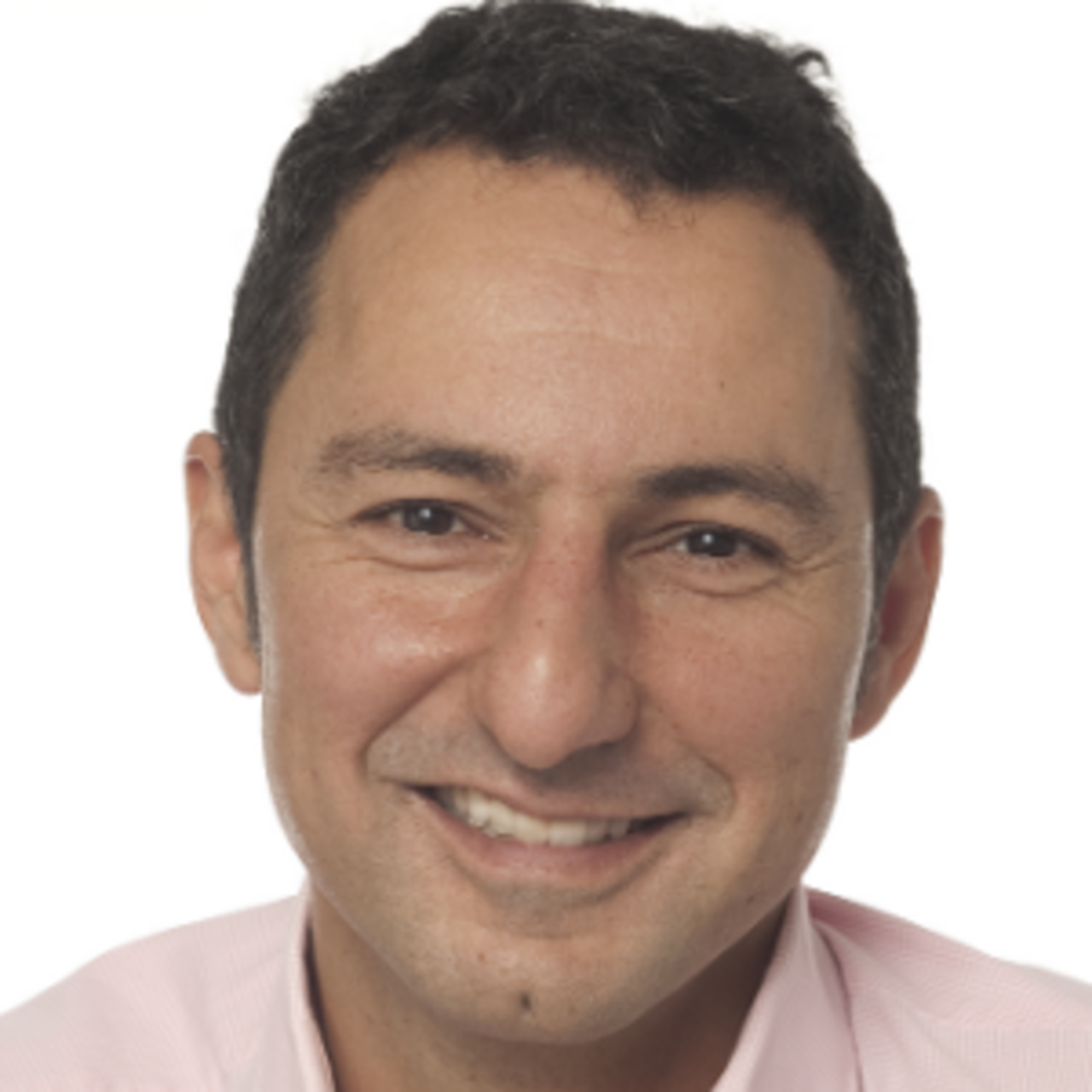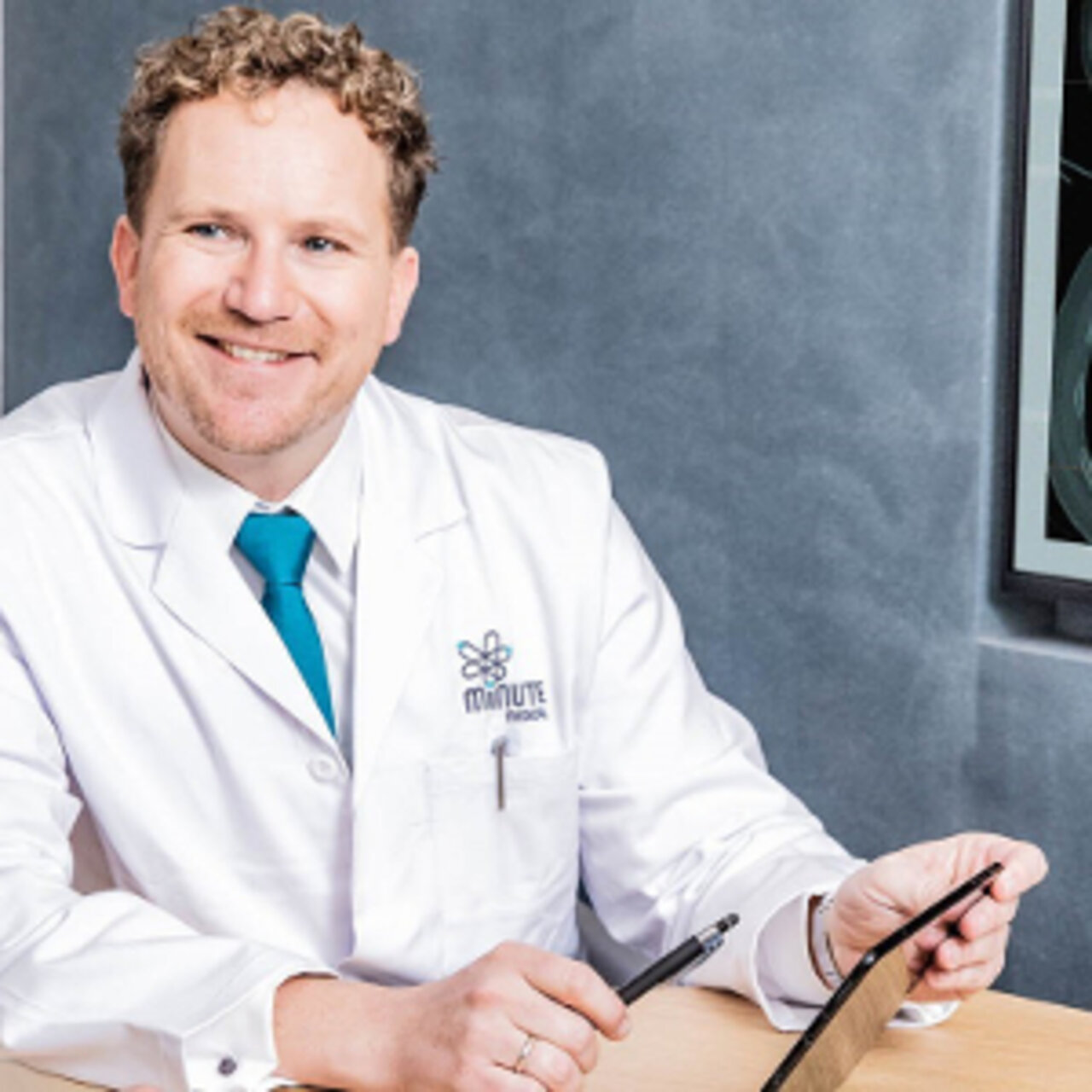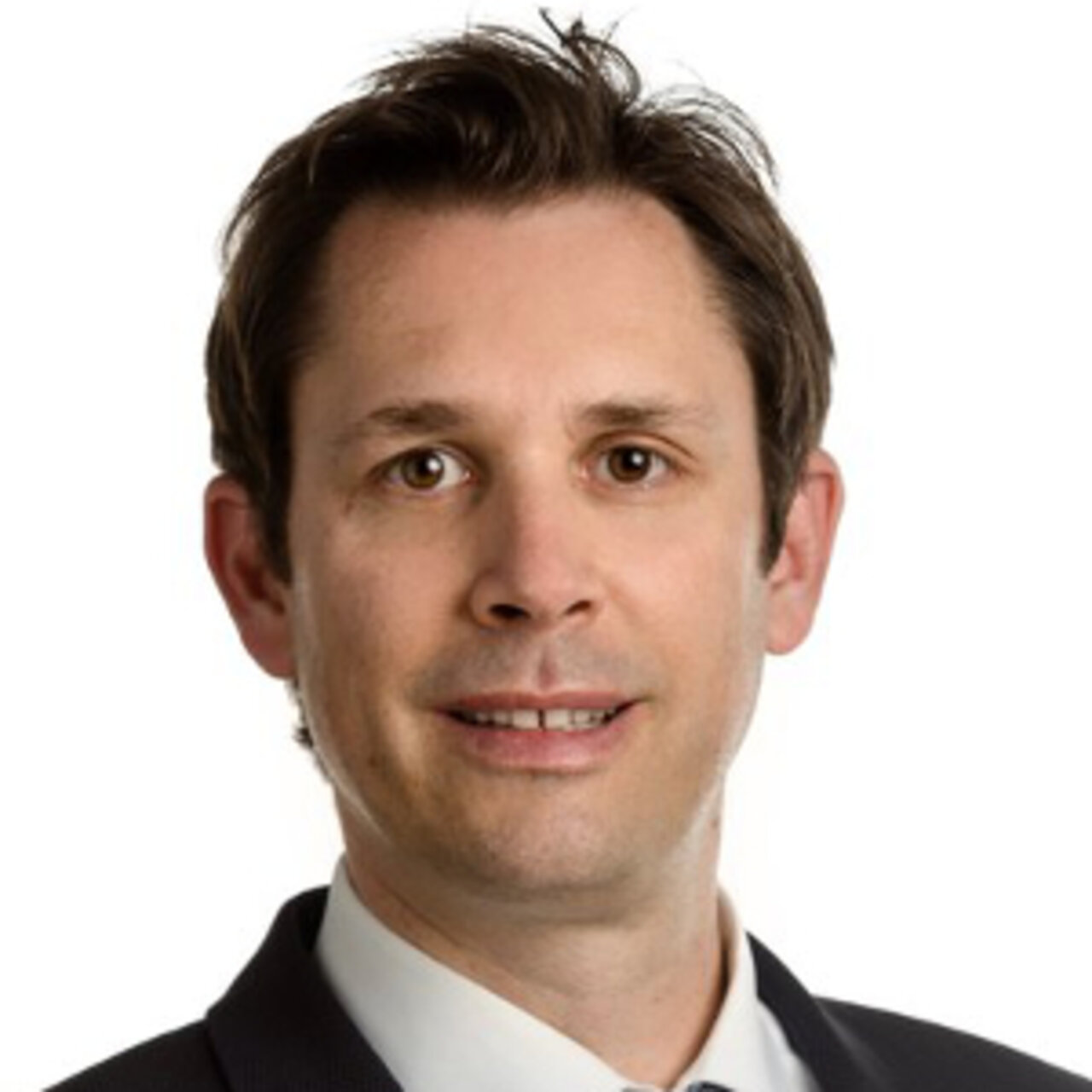Specialists in Nuclear Medicine
3 Specialists found
Information About the Field of Nuclear Medicine
What is Nuclear Medicine?
Nuclear medicine is the branch of medicine that uses radioactive substances and nuclear-physical procedures for the diagnostic, localization, and therapy of diseases or injuries. The radiation protection of patients and practitioners is also part of this discipline.
Which Medical Procedures Are Used in Nuclear Medicine?
The basis of nuclear medicine is the use of radiopharmaceuticals. These are radioactive nuclides (atomic particles) with a short half-life period, which are combined with a substance that is naturally present in the body or required by it and metabolized by the organs or structures to be examined or treated (tracers). The radiopharmaceutical drug reaches its target tissue via the blood or the respiratory air.
Diagnostic Procedures in the Nuclear Medicine
In nuclear medical diagnostics, we benefit from the fact that radioactive substances are deposited in the tissue to be examined and emit weak radioactive radiation that can be measured outside the body. The most important imaging techniques are:
- Scintigraphy
- PET (positron emission tomography)
- SPECT (single-photon emission computed tomography )
In scintigraphy, the emitted radiation is measured with the help of a gamma camera and converted into a scintigram in which so-called cold spots (zones of absent metabolic activity) and hot spots (zones of increased metabolic activity) become visible. Centers of inflammation or metastases can be made visible this way - for example in bone scintigraphy -.
Hot spots made visible in the thyroid scintigram indicate zones of increased hormone production - resulting in hyperthyroidism. Cold spots, on the contrary, can be caused by harmless cysts, but also by thyroid cancer.
But, also dynamic processes, specifically the absorption and degradation of the tracer, can be tracked all along using the gamma camera. The following special procedures are used to determine the function of the particular organ:
- Lung scintigraphy
- Kidney scintigraphy
- Heart scintigraphy
PET and SPECT do not serve the morphologic, but functional imaging. These procedures create sectional images of the organism and picture metabolic processes. The main focus of the usage is consequently cancer and infarction diagnostic.
A major advancement is the development of specific PET/CT techniques using gallium-68-labeled tracers that bind selectively to tumor structures:
PSMA PET/CT is used in prostate cancer and enables the detection of even the smallest metastases by targeting the prostate-specific membrane antigen.
DOTATATE PET/CT is applied in neuroendocrine tumors, as the tracer binds specifically to somatostatin receptors.
FAPI PET/CT targets the fibroblast activation protein (FAP), which is highly expressed in the tumor microenvironment of many solid tumors, and represents a promising new option for various tumor entities.
These highly specific imaging techniques not only provide precise diagnoses but also often serve as the basis for tailored radionuclide therapies.
Therapeutics procedures in nuclear medicine
Therapeutics procedures in nuclear medicine – summarizing described as radionuclide therapy – are primarily used in oncology and treatment thyroid and joint diseases.
Radioiodine therapy
Malfunctions of the thyroid often require targeted therapy. Due to the iodine content of the thyroid, the so-called radioiodine therapy enables the targeted deposition of radioactively labeled iodine atoms (I-131) in the thyroid gland – this is irradiated. Still, the rest of the body is spared.
Similar procedures are also used for treating other types of cancer, where tumor cell-specific proteins are supplied with radioactive markers. The effect is identical to the one of thyroid therapy.
Radioembolization
Nuclear medicine also offers a special option for treating liver cancer, the so-called radioembolization (also selective internal radiotherapy, SIRT). Tumors or metastases in the liver are primarily supplied by arterial blood, while the remaining tissue is supplied by portal vein blood. It is, therefore, possible to provide the liver via the arterial system with Yttrium 90 labeled drugs, which accurately reach the metastases or tumors. These drugs not only emit radiation to destroy the tumor cells but also block the capillaries supplying them (therefore "embolization"). The degenerated cells are attacked in two ways.
Radiosynoviorthesis
Inflammatory joint diseases such as arthritis or arthrosis can be treated with the help of radiosynoviorthesis. Radiopharmaceuticals are injected into the joint cavity and absorbed by the immune cells responsible for the symptoms of the disease. The radiation causes these cells to die, and the inflammation subsides.
Radioligand Therapy
Radioligand therapy enables targeted treatment of certain types of cancer, particularly prostate cancer and neuroendocrine tumors. In this approach, molecular binding agents (known as ligands) that attach specifically to tumor cell surfaces are labeled with therapeutic radionuclides such as lutetium-177, terbium-161, or actinium-225.
In prostate cancer, a PSMA ligand is commonly used, which binds selectively to the prostate-specific membrane antigen. This allows the radioactive substance to be delivered directly into the tumor tissue, where it exerts its therapeutic effect.
For the treatment of neuroendocrine tumors, a somatostatin analogue such as DOTATATE is used, labeled with lutetium-177. Here too, the compound binds specifically to receptors on the tumor cells and destroys them through the emission of radiation.
Which Side Effects May Occur?
In nuclear medicine, only a few side effects have to be expected. The radiopharmaceuticals used, emit alone very weak radiation; the imaging equipment is technically advanced in a way that high levels of radioactivity are not necessary. The short half-life period also ensures that the substance decays rapidly.
The radiation exposure of a nuclear medical examination corresponds approximately to the amount that a person takes in from the environment or in an X-ray of the chest within one year. Secondary damage or illness due to the radiation is therefore unlikely.
But, allergic reactions of varying severity are possible as in almost every medical therapy. For this reason, a common allergy should be indicated and taken into account during the examination or treatment.
Where Can I Find an Experienced Specialist in Nuclear Medicine or a Nuclear Medicine Center?
You will find exclusively experienced specialists and specialized clinics for nuclear medicine in Germany, Austria, and Switzerland at PRIMO MEDICO.
Sources:


